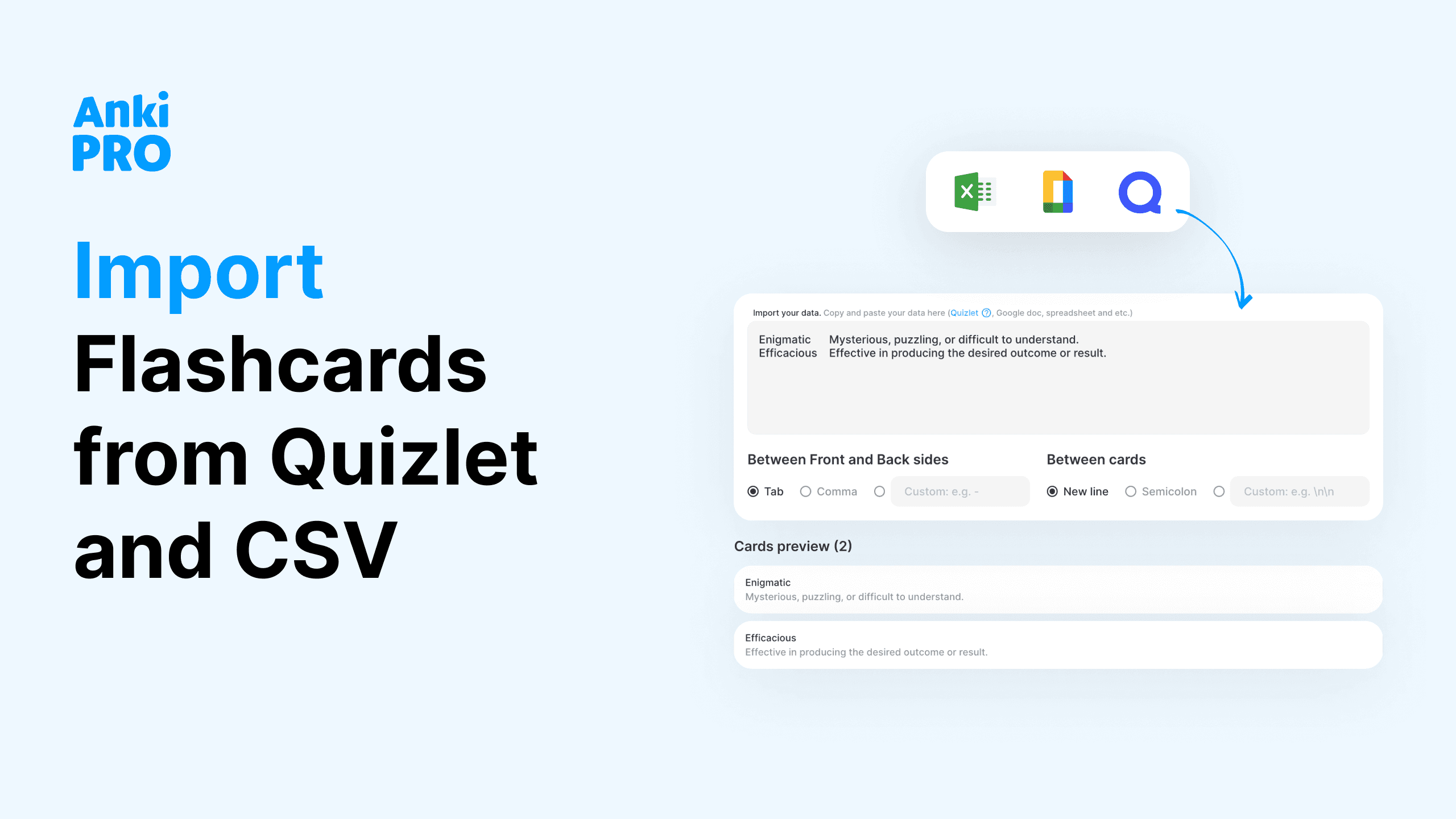This remarkable technique was invented by a spectacular scientist – Richard P. Feynman. The key idea behind the Feynman method is to learn everything faster and more efficiently.
This method’s functionality lies in forcing your brain to actively think about the problem or subject instead of just passively listening or reading about it (which is the common practice in most schools and universities today).
Although this method requires time and effort, once you master this technique, you will be able to improve your learning process and achieve better results with less time. This method is best for the long-run results.
Who Was Richard Feynman?
Richard P. Feynman is a well-known Nobel Prize-winning physicist. He is also the inventor of the Feynman diagrams and the theory of positrons. Since his death, he was called “the great explainer” and is still often regarded as one of the greatest science teachers in modern history. While the Feynman technique is one of the most popular and effective learning methods today, this was only a small part of Feynman’s legacy.

What is the Feynman Technique?
We already mentioned that the Richard Feynman technique is a study method used by students who want to learn subjects and topics faster and more effectively. Using this method is pretty simple – students just need to choose a topic/subject and try to explain it in their own words. Some try to make the topic understandable even for a child, choosing simple terms. Then, they get back to the topic and improve their explanations. The process stops only when they fully understand and master the topic.
In most cases, the average school student in sixth grade won’t be able to understand complicated terminology. So, the student using the Feynman Technique has to explain simply and directly without overwhelming the explanation with unnecessary and complex terms.
In order to effectively implement the Feynman technique for the learning process, the student should define all unobvious terms. Therefore, the Feynman Technique is much more than just memorizing all the terms – it is a cognitively demanding task that lets students fully understand the topic.
While the Feynman method is the best choice for complex topics and preparation for exams, it can also be used as a supplement to another study method to memorize and understand new topics.
Why is the Feynman Technique effective
There are numerous reasons why the Feynman Technique remains one of the most effective learning methods in 2023. Although we will explain only the key reasons below:
First of all, the Feynman Technique learning enables continual review and analysis. This has been shown to guarantee deep understanding at a higher level instead of just memorizing information.
Secondly, this studying method allows students to actively engage with the information instead of passively trying to learn it. This meaningful and memorable interaction allows students to connect the provided information to personally relevant experiences and simple concepts – increasing the chances of the information being understood.
Lastly, the Feynman Technique is twice as effective as traditional learning methods. That is because of its emphasis on active engagement. In contrast to popular learning methods like re-reading textbooks or reviewing notes, which are passive studying methods, engaging with new information via simple explanation and continuous simplification forces the student to be more actively engaged.
Other reasons why the Feynman study technique is so popular and effective in any subject are:
- It also helps to develop public speaking skills if the leader practices explanation with another person.
- This technique lets students rethink how they study other subjects and show a new way of effective learning without stress.
- This method also works great in case of already-learned topics with the goal of reviewing and reinforcing what the student already knows.

5 Steps to Use the Feynman Technique
Step 1: Identify The Topic
The first step will be to identify the topic you want to learn with the Feynman Technique. We recommend starting with a simple topic that you want to practice for further studies. Although this method works great with any topic or subject, it is most often used to learn science-related topics as they often benefit the most from the concept of simplification.
Even though the Feynman study method is flexible, it is still crucial to clearly select one or several topics with subtopics you want to master in each session. You don’t want to jump from one topic to another without understanding any of them.
Step 2: Explain The Topic Simply
Once the topic is chosen, you are ready to move to the second step – and this is where all the fun begins. Read about your topic, listen to it, Google complex or new terms, and develop a well-thought-out understanding of the topic. When ready, close all books and try to explain what you have read and listened to in the simplest words. Imagine that you want a child to understand what you are talking about.
This is the step where you will be able to break down complex topics into small and understandable pieces of information. The goal of this stage is to develop a deeper understanding of a topic, so the best path here is easy and thorough explanations. Maker explanations need to be short and to the point, trying to explain to a kid only things they can fully understand.
The process can be conducted in different ways:
- Explain the new topic to a new person so they can understand it;
- Work alone and practice in the mirror;
- Write their topic explanation on paper.
The choice is up to you.
Step 3: Improve Your Explanation
The third step requires learners to review the explanation they came up with. This means checking whether your explanation still has complex terms or asking the person you explained the topic to whether they fully understand it or not. If it was a child – even better.
Ask the person to explain what they have learned from your explanation so you can identify any knowledge gaps where you might not retrieve the relevant information or spots where you can simplify the topic even more.
Although feedback from another person would be really helpful in most cases, this is not the only way to get a review. The Feynman learning technique can also be very useful without any third-party assistance.
Step 4: Get Back to the Topic and Improve Your Explanation Once Again
This step may repeat several times before you will be ready to say – I nailed it confidently! But don’t worry, it won’t take a lot of time in most cases since the more you explain the topic – the better you get. At this stage, you should improve your explanation. Here are some tips that may be useful for you here:
- Develop personal analogies that could make sense either for you or for someone who doesn’t know/ know little about the topic.
- Keep a list of terms/words that you think might be unfamiliar or complex for children. Make sure that you define them if you want to use them in an explanation, or try to avoid using terms as much as you can. We also recommend keeping a topic-relevant dictionary open during the explanation improvement.
- Keep all the explanations based on evidence or powered by the source material. If you struggle with this task, it is best to go back to the source material and explore your weak spots once again so you can ensure you can use simple language to explain them the next time.
Improving the explanation each time you get back to that step is the key step of Feynman’s technique, so you should not overlook it. Even when you think your explanation is already solid and simple for the first time, there are likely to be many areas that will still require improvement. All that is needed from you is to identify them every time. So stating critical regrading yourself is the best way to go here.
Step 5: Repeat Steps Until You Master the Topic
As we mentioned, this technique is focused on continuous learning – so if the topic isn’t fully understood from the first explanation, you get back to the source material as many times as you need. The goal of learning this method is to be able to recall all the information with ease since students fully understand the subject and can explain it in their own words.
Therefore, you will likely have to go through all the steps all over again several times until you make progress. While it may sound intimidating and time-consuming, you will soon notice how your understanding changes over time. As a bonus – this method activates your brain, so learning any new topic will be faster every time.
Once a specific topic or subject is mastered, you can extend it or choose another relevant topic to dive deeper into the subject. Or you can just relax and go to rest. Get back to the technique again in the morning or a few days after the last explanation to ensure you mastered it before an exam.

How to Use a Feynman Technique with Flashcards
Not everyone likes the traditional method of this technique. Luckily, we live in the 21st century, so students can use a wide range of tools and applications that can power up the entire process.
For example, Anki Pro is one of the easiest yet effective applications that are focused on active recall – a methodology on which the Feynman Technique works. It allows users to choose available flashcards from a vast library on different subjects, including:
Students can also create their own flashcards, just entering terms/questions and answers to check themselves during the studying process. AnkiPro is available on the phone, so students can power up the learning process by using these digital cards regardless of their location, on the way to the university or at home.
Wrapping Up on Feynman Technique
If you’ve gone so far, you should already have a good understanding of the Feynman Technique and how it works. Although you can practice the method as it comes originally, AnkiPro will help you take the entire learning experience to a new level. By combining the Feynman Technique with active recall through the AnkiPro app, students can achieve the best results.
FAQ
What is the Feynman technique example?
Flashcards are the brightest example of the Feynman technique. For example, Anki Pro is an app that allows users to use available flashcards from a vast library or create their own for active recall learning.
How do you use the Feynman technique for studying?
You can use this learning method by using Anki Pro flashcards. It is an easy and fun way to implement the Feynman method into your learning process, keeping all the studies within your phone.










